Vietnam’s railway sector set to pick up PPP steam
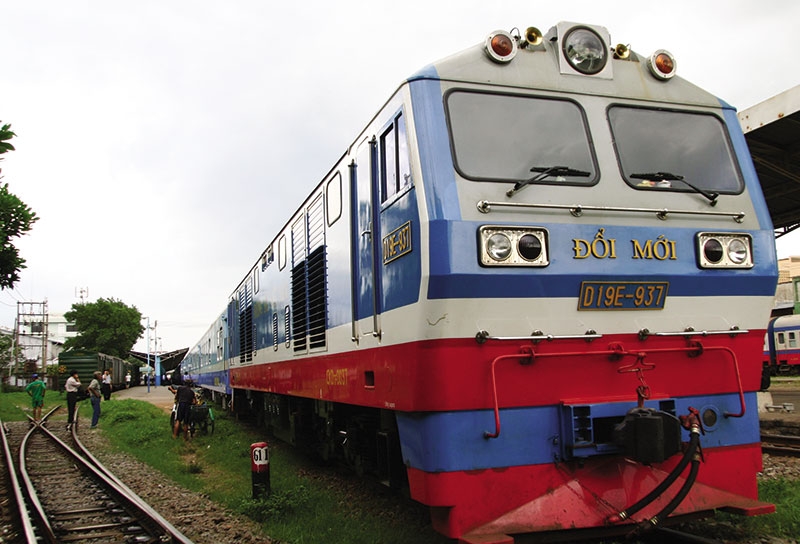 |
| Vietnam’s railways have been suffering from low capital, but are now becoming more attractive to foreign investment, Photo: Le Toan |
Vietnam’s forgotten railway industry
 |
| Vaibhav Saxena |
Railways are one of the essential means of transport in Vietnam. The railway industry has seen enormous development in infrastructure and technology and become dominant in mid-length and long-length transportation, and especially in freight transportation.
The quality of railway infrastructure, telecommunication systems, and other auxiliary elements is too retrograde, which results in a warning in terms of the number of railway passengers. This situation can be attributed to two facts: (i) Vietnam Railways (VNR), a state-owned enterprise (SOE), held a monopoly in the industry, and (ii) the government overlooked the potential of railway transport, pouring little investment into it.
Now, realising the need to re-construct this sector, the government has promulgated a new policy and legislation on railways, which makes VNR surrender its monopoly and allows the private sector to enter into this industry. This is a huge and important move by the government, opening up plenty of opportunities for investors.
Legal framework
Vietnam’s new Law on Railways dated June 16, 2017, which entered into force in July, replaces the old law dated June 14, 2005. The Law on Railways 2017 introduces unique preferential mechanisms which will attract investors to engage in railway projects. The railway projects taking shape in the form of public-private partnerships (PPP) shall follow the guidelines stipulated under governmental Decree No.63/2018/ND-CP dated June 19, 2018, on investment in the form of PPP.
Project classification
Railway projects are large-scale projects and the ones which fall under the PPP regime can be classified as projects of national importance. They are divided into groups A, B or C depending upon elements such as capital investment, potential environmental impact, location, likely impact on the surrounding community, and the specific industry into which the project falls in accordance with the Law on Public Investment. Accordingly, urban railway projects having a total investment capital of (i) more than VND2.3 trillion ($101.77 million) shall fall into Group A; (ii) between VND120 billion and VND2.3 trillion ($5.3-$101.77 million) shall be categorised under Group B; and (iii) below VND120 billion ($5.3 million) shall fall into Group C. If state investment capital in an urban railway project is above VND10 trillion ($444.44 million), such a project shall be classified as a project of national importance. The group to which an investment project belongs shall determine the procedures to be followed by the investors of that project.
The implementation of such railway PPP projects, except for those projects classified under Group C as well as build-transfer projects, are to be carried out as follows:
- Preparing and appraising pre-feasibility study report, approving project investment proposal, and announcing the project;
- Formulating, appraising, and approving feasibility study report;
- Selecting preferred bidder;
- Negotiating, establishing special purpose entity (if any), and concluding project contract; and
- Undertaking the project, preparing the final account, and transferring the facilities.
Investment capital
There should be at least a 20-per-cent equity capital contribution of the total investment capital by the investors in a railway PPP project. If the investment capital surpasses VND1.5 billion ($66.66 million), the minimum equity capital shall be 20 per cent of VND1.5 billion, with no less than 10 per cent of the residual.
Investment incentives
According to the Law on Investment 2014 and the Law on Railways 2017, railway investment projects are eligible for special investment incentives:
- Import duty (ID): Exemption from ID on goods imported to create fixed assets of the railway project, including an exemption within five years from the start of production for raw materials, materials, components, and equipment necessary for the construction of the railway project which cannot be produced domestically.
- Corporate income tax (CIT): Reduced to 10 per cent for 15 years, extendable by up to 15 years with the prime minister’s approval. Exemption for the first four years and a 50-per-cent reduction in the subsequent nine years.
- Land use levy/rent: Railway projects are entitled to land allocation without land levy of the land area used for construction of national and urban railway infrastructure.
- Loans: Concessional loans at preferential interest rates from the government’s investment credit sources or government-guaranteed loans for investment in the development of national and urban railway infrastructure; the procurement of railway vehicles, machines, and equipment for railway maintenance; and the development of the railway industry.
- Other incentives: Availability of the entire amount of funding for site clearance of the land area for rail transport that is used for construction of railway infrastructures from the government and provision of an exclusive radio frequency in service of the rail transport administration and access to the traction power network in service of train operations.
Practical analysis
In the past, since urban railway projects were merely aimed to serve the needs of locals as well as national development and the foreign investors concentrated on the incentives and the return on their investment, projects in the urban railway industry could not attract foreign investment and were mainly invested by state-owned enterprises. However, as the government has paid further attention to develop this sector, foreign investors are keener to invest in the urban railway development sector.
In fact, the natural and geographical conditions of Vietnam are a win-win factor for the development of the railway network. Furthermore, the urban railway business is expected to receive ample support from the Vietnamese government. As the government has relaxed the limitations, a new investment arena has emerged for the investors to explore.
Nevertheless, there remain some obstacles and difficulties that foreign investors may foresee:
- Land security is a prolonged issue and could be a concern to foreign investors. However, the risk could be mitigated by the growing confidence of investors and the stable political and social conditions of Vietnam.
- The capital outflow is a significant factor which investors should consider by estimating the financial viability of the projects prior to investing.
- Despite the fact that urban railway projects require whopping amounts of capital to build and operate, the pay-back ability and profits derivability from such projects attract significant concern on the part of the investor. It is precedent that urban railway infrastructure projects are built to facilitate socio-economic development and strengthen national transportation. However, this sector was shunned in the past due to unfavourable policies, but is expected to overcome this dark phase in the near future with a rapid boost to flow from the Law on Railways 2017.
What the stars mean:
★ Poor ★ ★ Promising ★★★ Good ★★★★ Very good ★★★★★ Exceptional
 Tag:
Tag:
Related Contents
Latest News
More News
- Wide-ranging agreement opens up more diverse trade channels (April 03, 2024 | 09:21)
- Lessons in wealth management and suitable directions for Vietnam (April 01, 2024 | 09:14)
- Logistic predictions in 2024 (March 29, 2024 | 09:31)
- Concerted effort to capitalise on investment trends (March 27, 2024 | 15:00)
- Vietnam’s retail market takes on much-needed green journey (March 20, 2024 | 10:02)
- Vietnamese economy proceeding as predicted: experts (March 19, 2024 | 14:59)
- Manufacturing trends to watch to help respond dynamically to the market (March 19, 2024 | 10:28)
- SMEs should improve capacity to lure venture capital: economists (March 18, 2024 | 15:59)
- Expanded land use rights expected to attract OV investment in real estate (March 15, 2024 | 09:17)
- ASL Law awarded top honours by industry (March 12, 2024 | 17:14)

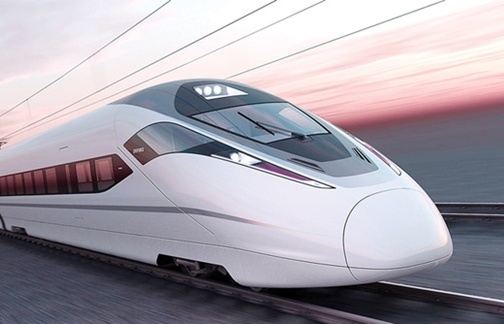
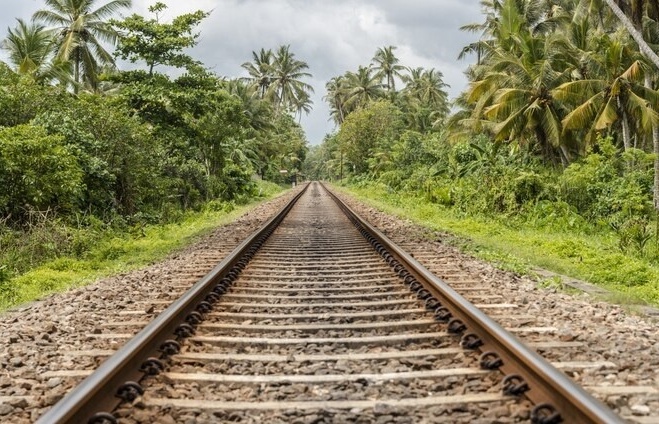
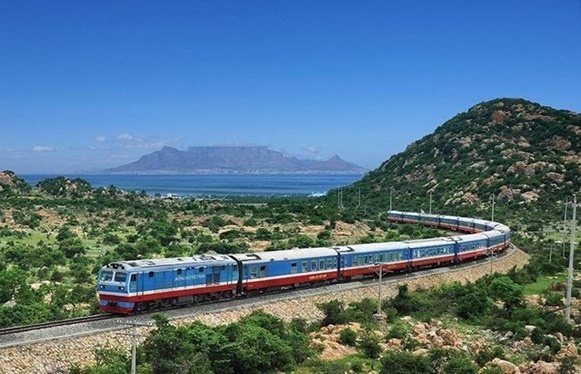
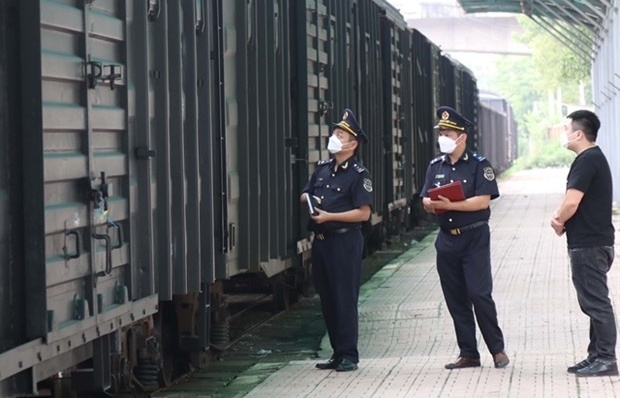
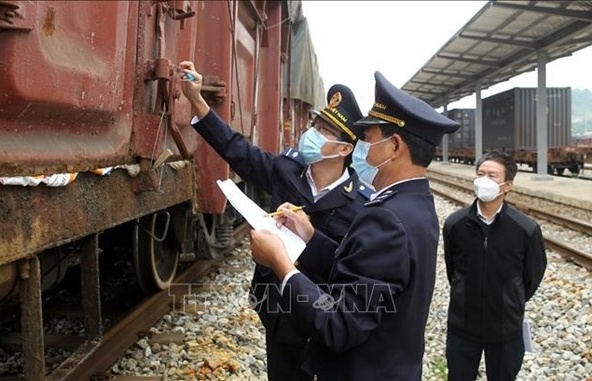
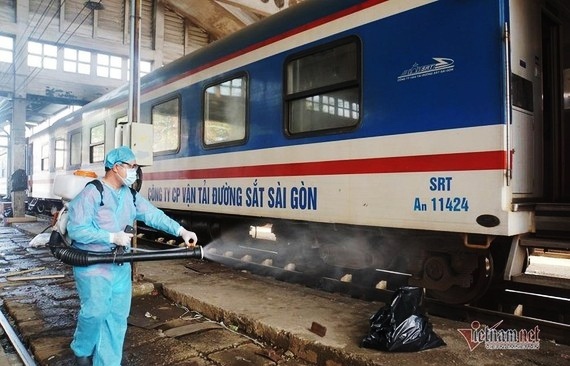




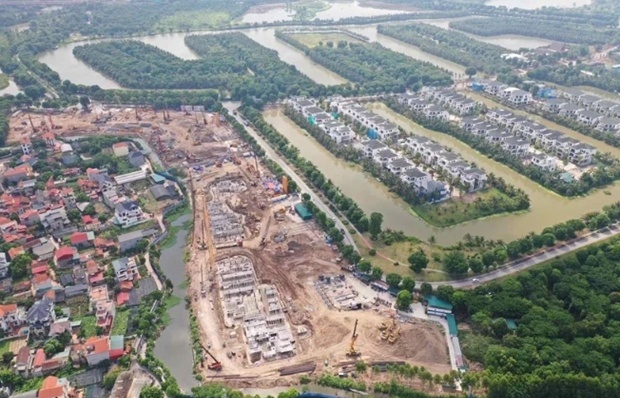










 Mobile Version
Mobile Version